New $465M American Museum of Natural History center is crawling with bugs
The American Museum of Natural History is bugging out.
The Big Apple institution will open its long-awaited Richard Gilder Center for Science, Education, and Innovation to the public Thursday, and the $465 million space is literally crawling with insects.
In a good way.
On a recent sneak-peek tour, The Post stepped into a cavernous atrium in the 230,000-square-foot center designed by architect Jeanne Gang that recalls the canyons of the American southwest.
Museum-goers can start on the first floor by exploring the 5,000-square-foot Insectarium.
The new paean to bugs features a slew of digital exhibits and maps, along with artfully pinned butterflies and beetles, oversized models of bees and mosquitos, and an 8,000-pound resin model of a beehive.
It also houses 18 different species of live creatures, including giant cave cockroaches and spiny flower mantises.
Visitors also can pass under a transparent sky bridge to see 500,000 leaf-cutter ants transporting pieces of blackberry bramble to create their colony’s fungal food.
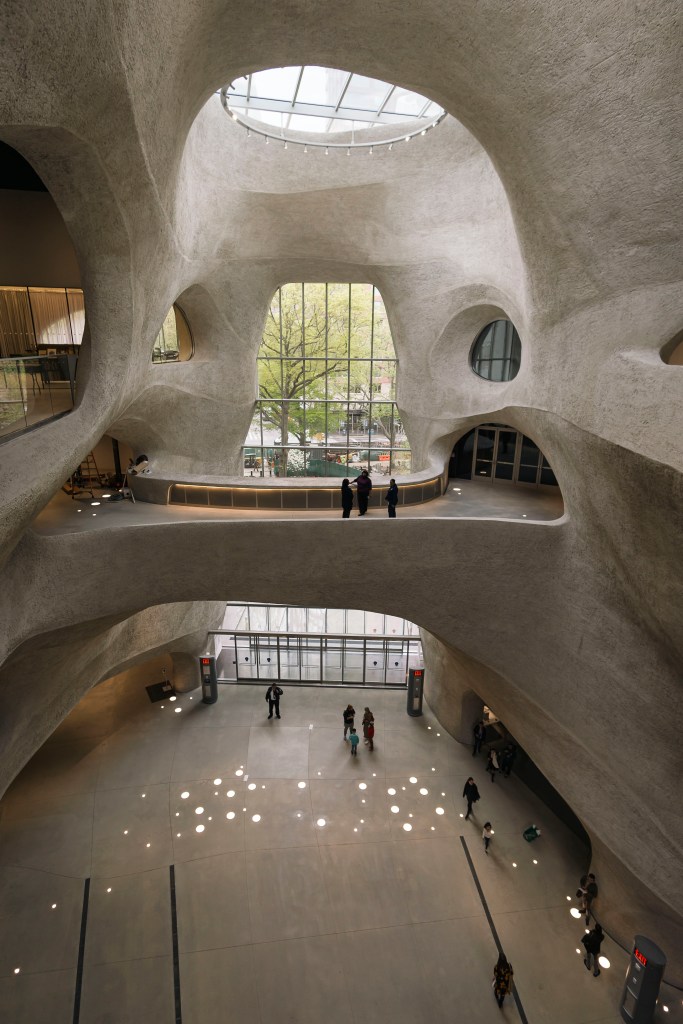
Advertisement
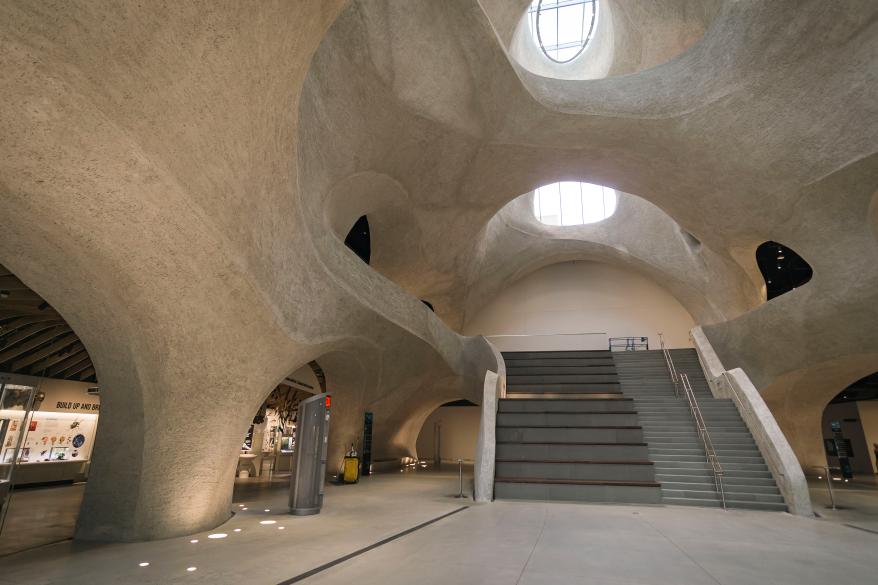
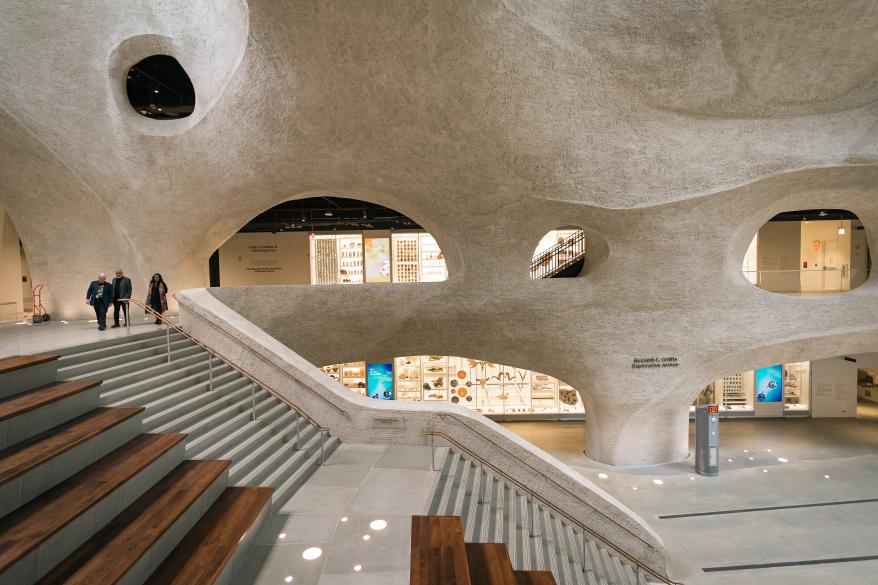
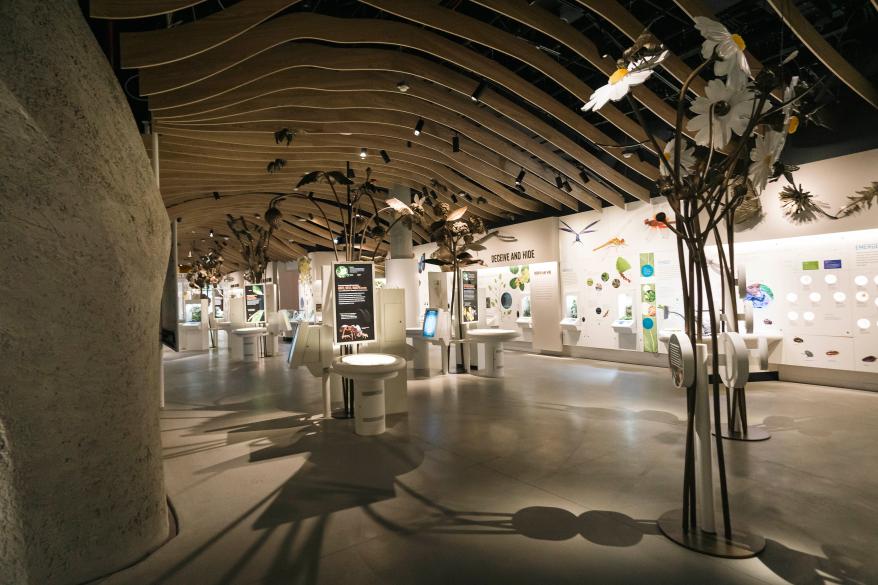
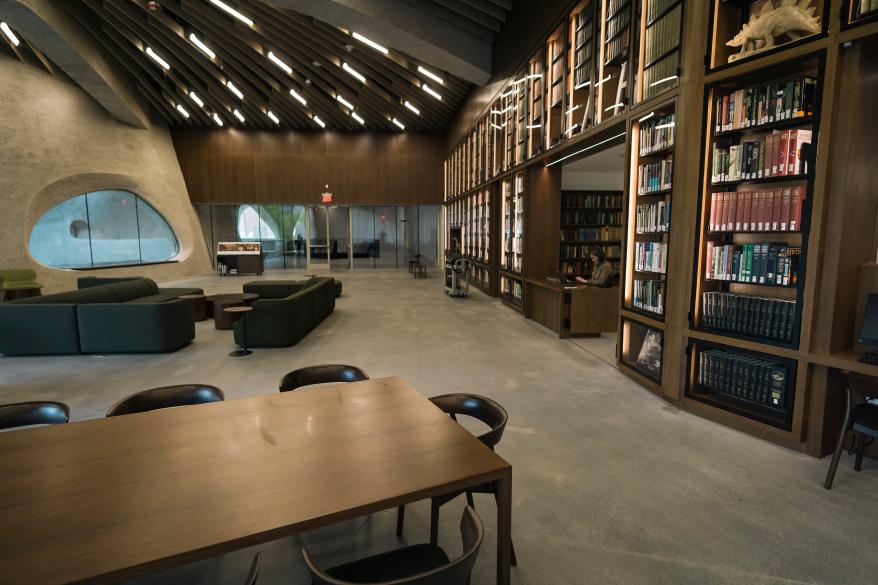
“The new insectarium addresses a lack in the museum’s exhibitions for the last 50 years: nothing devoted to insects, the most diverse life forms on Earth, absolutely critical to so many ecosystems,” said James Carpenter, curator of invertebrate zoology.
One floor up, 1,000 butterflies from 80 different species flap across a hot and humid indoor garden, perching on purple and yellow platforms, tropical plants, and even visitors’ shoulders.
On the third floor is Invisible Worlds, an immersive and interactive experience that showcases all the ways life on Earth is interconnected.

During a 12-minute video, viewers are completely surrounded by shimmering molecules and DNA strands, before jumping to tree roots collecting water, whales chasing krill undersea, and even music jam sessions in Central Park.
On three of the four floors open to the public at the new center, floor-to-ceiling glass displays reveal a slice of the 4 million specimens that are housed in the building — from butterflies collected by “Lolita” author Vladimir Nabokov to “cleared and stained” sea horses in jars.
“It actually will focus in on the story of that object,” said museum president Sean M. Decatur. “And so how it was discovered, and then how scientists are actually using that piece of the collection now to explore interesting contemporary questions in science.”
Advertisement
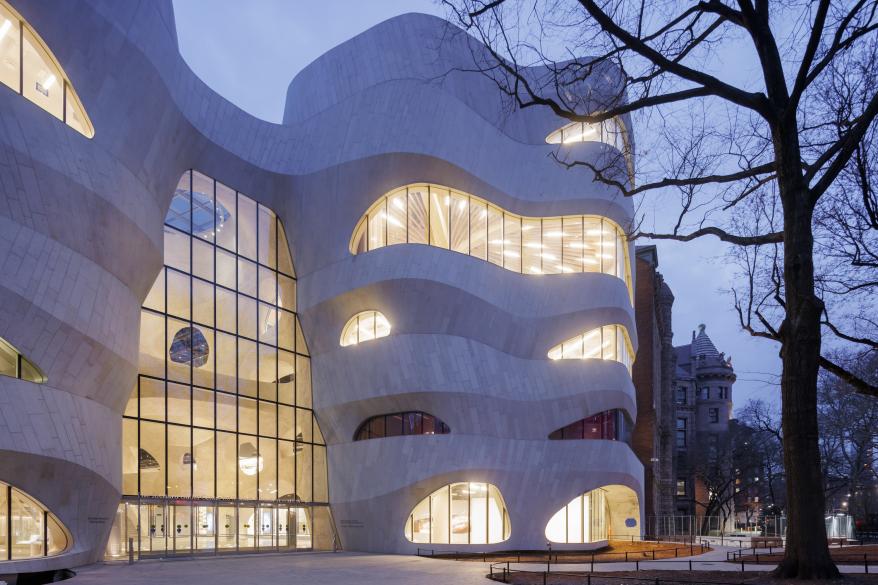
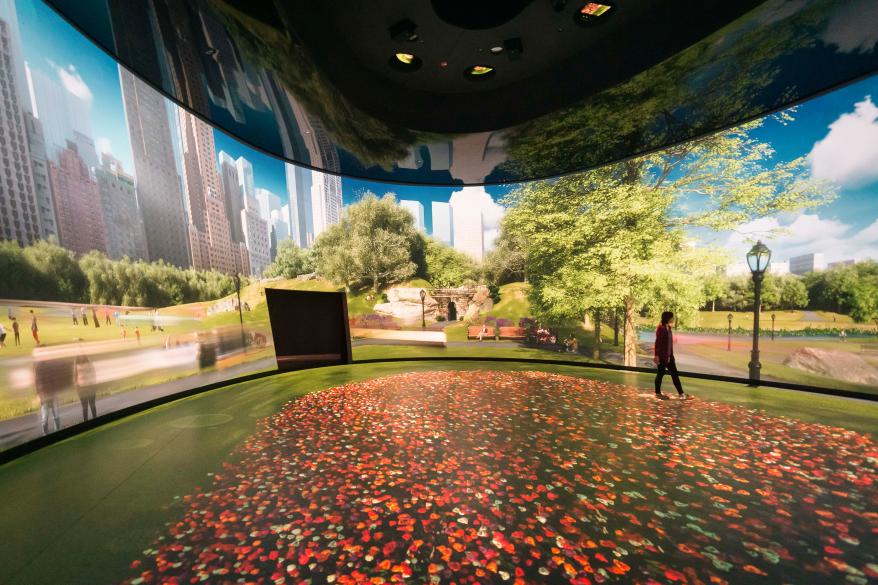
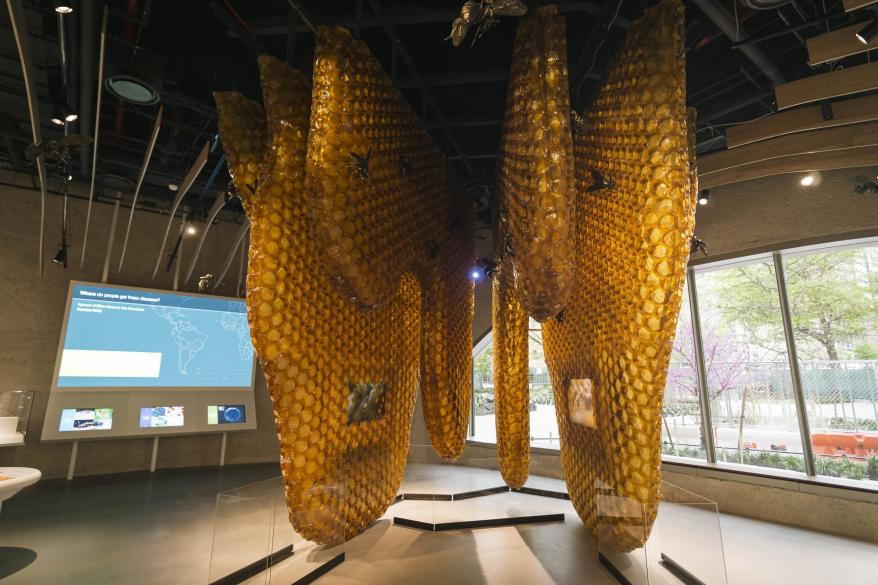
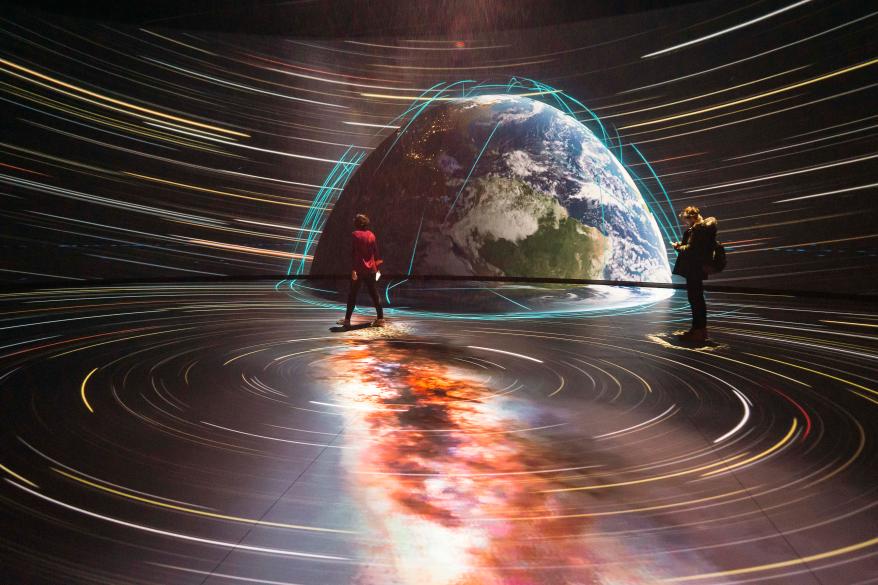
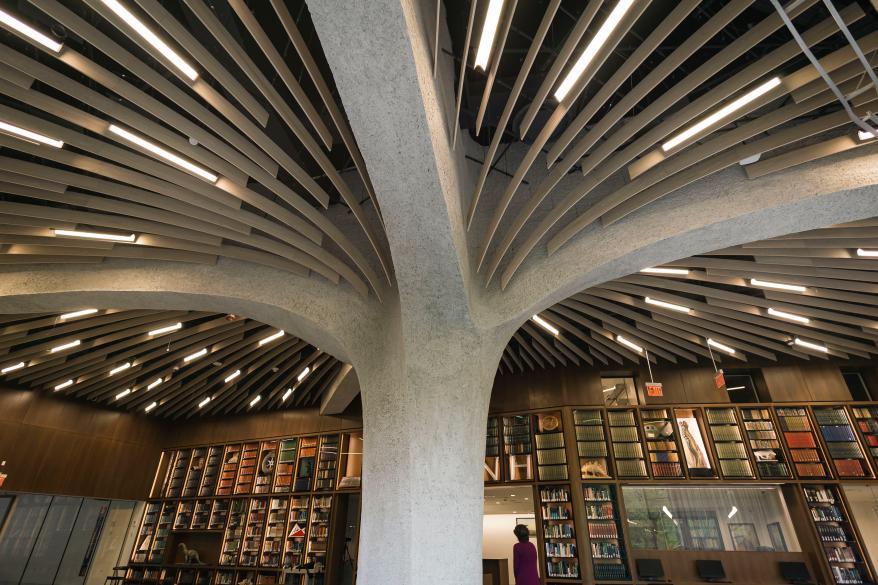
After announcing its expansion in 2014, the museum faced controversy on the road to completing the stunning center.
Thousands of locals, including tennis legend Billie Jean King, protested the center’s construction, fearing it would encroach on the city-owned Theodore Roosevelt Park.
In 2018, a community nonprofit unsuccessfully sued the museum to halt the development.
The museum, however, still has “love” for King and extended an invitation to its neighbor to come to explore the new exhibits.
“I’m sure she’ll find a favorite,” Decatur said.